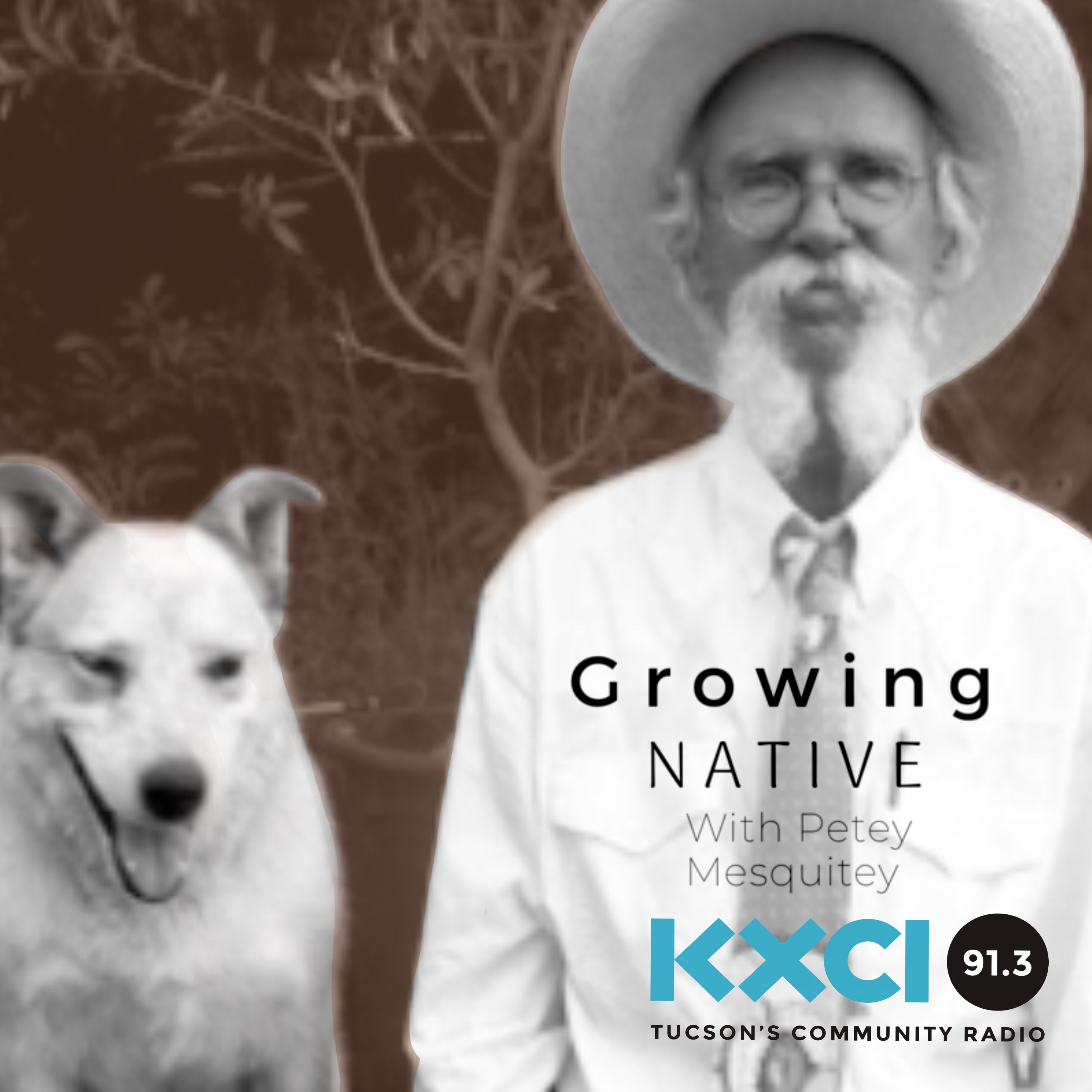Desert anemone (Anemone tuberosa) is in the Buttercup Family. Buttercups are the genus Ranuculus and so the family name is Ranunculaceae. It’s probably just me, but that is a marvelous family name to write and pronounce. Kearney and Peebles’ Arizona Flora lists three species of Anemone (also a nice name to say no matter how you pronounce it), but I noted that a current field guide lists only two species in Arizona. Hmm, that’s the kind of stuff that keeps you on your toes, that is, if botany is of any interest. Anyway, desert anemone is one of the first wildflowers to bloom and to see it you’ll need to head to a rocky slope above the desert floor sometime in February and that’s where you’ll find it hiding among the rocks. On our hike in the hills above Fort Bowie National Monument we also saw pointleaf manzanita blooming as it also is an early bloomer. Whoa, now you have two good reason to head for the hills!

The photos are mine and show desert anemone in some limestone rubble. Those are not petals on the flowers, but the sepals. The flower has petaloid sepals! Something you can say to your hiking companion to impress them. I did, but I’m not sure it impressed. Oh, and by the way, those hills above Fort Bowie are an excellent place to see the shrubby form of sandpaper oak (Quercus pungens) growing out of the rocks. Now you know.

This episode is a reminiscence sparked by some photos taken over 60 years ago. I’m pretty sure my father took the photos, because I...

The botanical name of Wright’s Beebrush is Aloysia wrightii. It used to be Lippia wrightii, well actually it has gone back and forth, but...

I love Toumey oaks…I know, I said that, but we have several planted at our little homestead. I think if I lived in and...